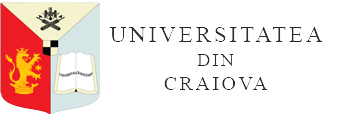Quantitative Analysis Of Nutritional And Bioactive Compounds In Bitter Gourd (Momordica Charantia L.) Fruits
DOI:
https://doi.org/10.52846/bihpt.v28i64.65Cuvinte cheie:
Momordica charantia,, carotenoids,, phenolic compounds,, ascorbic acid,, sugars, lipidsRezumat
Bitter gourd fruits (Brâncuși cultivar) from local production were studied for their content in some classes of nutritive compounds. Carotenoids (total, β-carotene, lycopene and lutein), phenolic compounds (total, flavonoids, anthocyanins, tannins), ascorbic acid, soluble sugars and lipids were determined.
With 231/251 mg/kg DW (peel/pulp) total carotenoid content in M. charantia fruits was lower than in other known Cucurbitaceae. β-carotene was dominant in the peel while lycopene constituted a large fraction in the pulp. Lutein was found in low amounts (<1 mg/kg) only in the peel. On the contrary, with 13,527/18,598 mg/kg, the total phenolic inventory is richer than in many other related species. Flavonoids (8,763/14,545 mg/kg) were dominant in both peel and pulp. Of these, only a small fraction (267/212 mg/kg) were anthocyanins. Tannins constituted over 9.5% of the phenolic inventory.
Ascorbic acid concentration was high, 14,689 mg/kg in peel and 12,847 mg/kg in pulp. Soluble sugars were 9,035/9,579 while lipids were 3,800/3,200 mg/kg.


